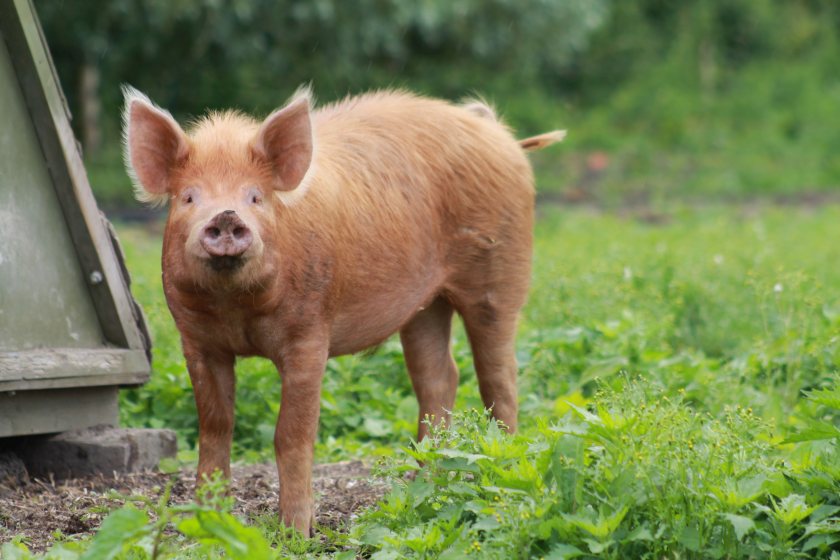
A new watchlist has been launched today which warns that a number of the UK's rare native livestock breeds are still at risk of extinction.
The Rare Breeds Survival Trust's (RBST) annual watchlist, published today (8 April), showcases the current standing for the UK's rare breeds.
The outlook for many of the country's native breeds has remained broadly unchanged due to continuing interest from new breeders and societies.
However, it also shows that there remain a significant number of 'Priority' breeds where the outlook is of concern, with ongoing trends of very low populations as well as lack of genetic diversity.
Breeds of notable concern include Gloucester cattle, Tamworth pigs, Cleveland Bay Horse, Eriskay ponies and Old English Goat.
For Gloucester cattle, breeding numbers have been low and consistent for some years, but herd numbers have fallen from 54 herds in 2006 to 27 herds in 2020.
And in 2020, there were only 29 herds of Tamworth pig that registered offspring in the year, down from 66 in 2010.
RBST chief executive Christopher Price said: "Farming with rare and native breeds has become increasingly attractive over the past few years.
"Consumers place a premium on great tasting, locally sourced meat that is kind to the natural environmental and based around high standards of animal welfare.
"At the same time, we have seen government policy starting to reflect the value of our native breeds to maintaining our natural environment and promoting biodiversity.
"There are breeds which remain a Priority and we are working closely with societies and RBST-accredited farm parks to improve their position with vital conservation programmes."
The way the watchlist is produced has also been updated this year to give a more holistic view of each breed’s outlook.
It reflects robust measures of the genetic diversity within each breed, not just the numbers of breeding females registered as previously used.
